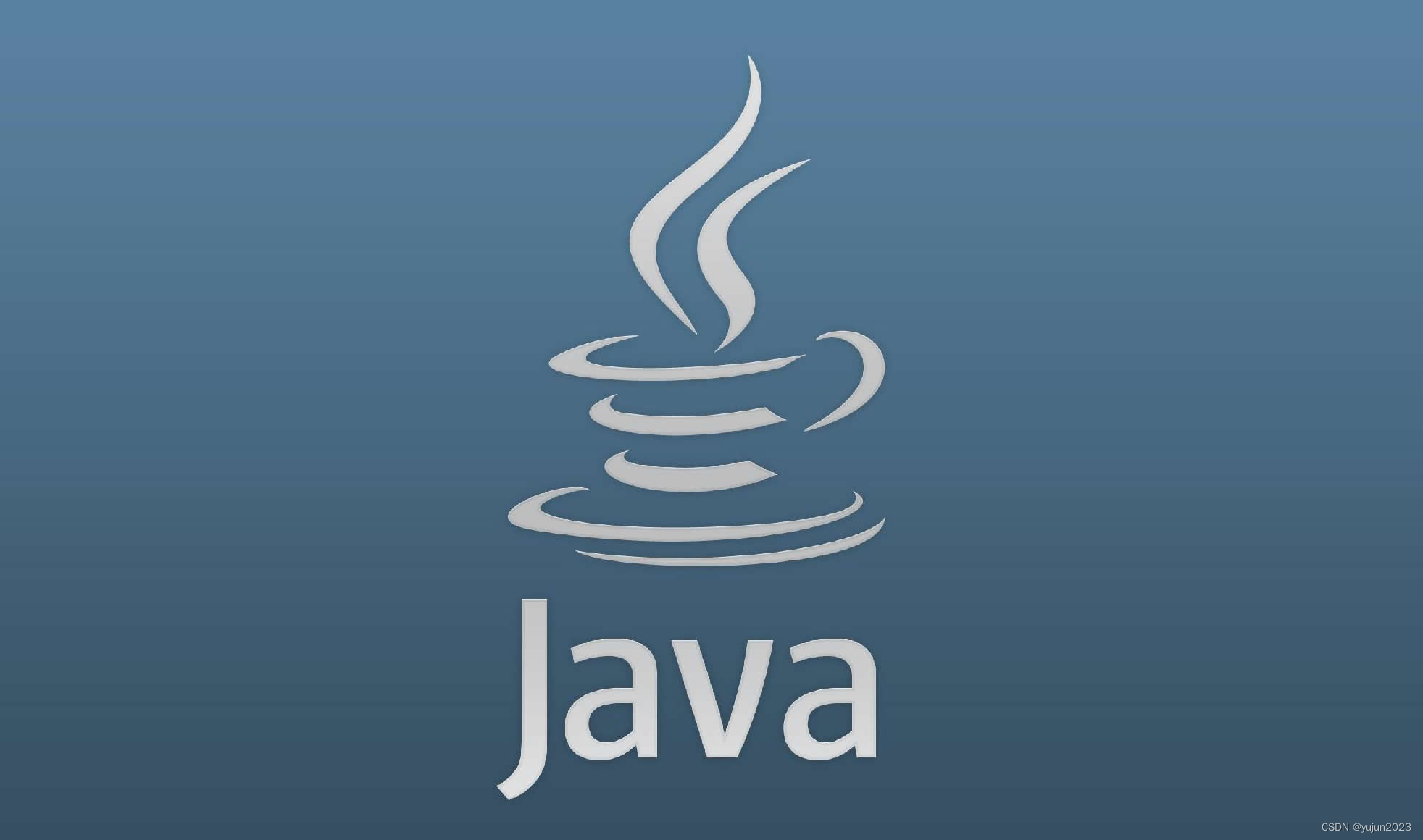Java 是一种广泛使用的编程语言,它的强大和流行程度在很大程度上归功于它的异常处理机制。异常是在程序执行期间出现的错误或意外情况。在 Java 中,异常是通过抛出和捕获异常对象来处理的。在本文中,我们将介绍 Java 中的一些常见异常类型及其使用方法。
文章目录
NullPointerException
NullPointerException 是 Java 中最常见的异常之一。它通常表示试图访问 null 引用对象时发生的错误。例如,以下代码会抛出 NullPointerException 异常:
String str = null;
int length = str.length();
解决方法是在使用对象前先进行非空判断:
if (str != null) {
int length = str.length();
}
ArrayIndexOutOfBoundsException
当访问数组时,如果使用了无效的索引,则会抛出 ArrayIndexOutOfBoundsException 异常。例如,以下代码会抛出异常:
int[] arr = new int[5];
int i = arr[5];
解决方法是确保在访问数组元素时使用的索引在有效范围内:
int[] arr = new int[5];
if (index < arr.length) {
int i = arr[index];
}
ClassCastException
在 Java 中,如果尝试将一个对象强制转换为另一个不兼容的类型,则会抛出 ClassCastException 异常。例如,以下代码会抛出异常:
Object obj = new Integer(100);
String str = (String) obj;
解决方法是在进行类型转换之前进行类型检查:
Object obj = new Integer(100);
if (obj instanceof String) {
String str = (String) obj;
}
ArithmeticException
如果在算术运算中出现了除以零的情况,则会抛出 ArithmeticException 异常。例如,以下代码会抛出异常:
int i = 1 / 0;
解决方法是在进行除法运算之前,先进行零判断:
if (divisor != 0) {
int i = dividend / divisor;
}
IllegalArgumentException
如果传递给方法的参数不符合预期的条件,则会抛出 IllegalArgumentException 异常。例如,以下代码会抛出异常:
void printName(String name) {
if (name == null || name.isEmpty()) {
throw new IllegalArgumentException("Name cannot be empty");
}
System.out.println(name);
}
解决方法是在调用方法之前,确保传递的参数符合预期的条件:
String name = "John";
if (name != null && !name.isEmpty()) {
printName(name);
}
FileNotFoundException
如果尝试打开不存在的文件,则会抛出 FileNotFoundException 异常。例如,以下代码会抛出异常:
File file = new File("nonexistent.txt");
Scanner scanner = new Scanner(file);
解决方法是确保文件存在并且路径正确:
File file = new File("existing.txt");
if (file.exists()) {
Scanner scanner = new Scanner(file);
}
IOException
如果在进行输入输出操作时出现错误,则会抛出 IOException 异常。例如,以下代码会抛出异常:
try {
InputStream input = new FileInputStream("file.txt");
OutputStream output = new FileOutputStream("nonexistent.txt");
byte[] buffer = new byte[1024];
int length;
while ((length = input.read(buffer)) > 0) {
output.write(buffer, 0, length);
}
} catch (IOException e) {
e.printStackTrace();
}
解决方法是在进行输入输出操作时,使用 try-catch 块捕获异常:
try {
InputStream input = new FileInputStream("file.txt");
OutputStream output = new FileOutputStream("existing.txt");
byte[] buffer = new byte[1024];
int length;
while ((length = input.read(buffer)) > 0) {
output.write(buffer, 0, length);
}
} catch (IOException e) {
e.printStackTrace();
}
InterruptedException
如果在进行多线程编程时,线程被中断,则会抛出 InterruptedException 异常。例如,以下代码会抛出异常:
try {
Thread.sleep(5000);
} catch (InterruptedException e) {
e.printStackTrace();
}
解决方法是在进行线程操作时,使用 try-catch 块捕获异常:
try {
Thread.sleep(5000);
} catch (InterruptedException e) {
Thread.currentThread().interrupt();
}
NoSuchMethodException
如果调用了不存在的方法,则会抛出 NoSuchMethodException 异常。例如,以下代码会抛出异常:
class MyClass {
public void method1() {
System.out.println("Method 1");
}
}
MyClass obj = new MyClass();
Method method2 = obj.getClass().getMethod("method2");
解决方法是确保调用的方法存在:
class MyClass {
public void method1() {
System.out.println("Method 1");
}
}
MyClass obj = new MyClass();
try {
Method method2 = obj.getClass().getMethod("method2");
} catch (NoSuchMethodException e) {
e.printStackTrace();
}
OutOfMemoryError
如果程序试图分配过多的内存,则会抛出 OutOfMemoryError 异常。例如,以下代码会抛出异常:
List<Integer> list = new ArrayList<>();
while (true) {
list.add(1);
}
解决方法是优化代码,减少内存使用量:
List<Integer> list = new ArrayList<>();
while (true) {
try {
list.add(1);
} catch (OutOfMemoryError e) {
e.printStackTrace();
break;
}
}
以上是 Java 中常见的异常类型及其解决方法。在实际编程中,我们还可能会遇到其他类型的异常。无论遇到哪种异常,我们都应该在代码中使用 try-catch 块捕获异常,并进行适当的处理,以保证程序的稳定性和可靠性。
附上完整代码和截图:
import java.io.*;
import java.lang.reflect.*;
import java.util.*;
public class ExceptionDemo {
public static void main(String[] args) {
// NullPointerException
String str = null;
try {
int length = str.length();
} catch (NullPointerException e) {
e.printStackTrace();
}
// ArrayIndexOutOfBoundsException
int[] arr = new int[5];
int index = 5;
try {
int i = arr[index];
} catch (ArrayIndexOutOfBoundsException e) {
e.printStackTrace();
}
// ClassCastException
Object obj = new Integer(100);
try {
String str2 = (String) obj;
} catch (ClassCastException e) {
e.printStackTrace();
}
// ArithmeticException
int dividend = 1;
int divisor = 0;
try {
int i = dividend / divisor;
} catch (ArithmeticException e) {
e.printStackTrace();
}
// IllegalArgumentException
String name = "";
try {
printName(name);
} catch (IllegalArgumentException e) {
e.printStackTrace();
}
// FileNotFoundException
File file = new File("nonexistent.txt");
try {
Scanner scanner = new Scanner(file);
} catch (FileNotFoundException e) {
e.printStackTrace();
}
// IOException
try {
InputStream input = new FileInputStream("file.txt");
OutputStream output = new FileOutputStream("existing.txt");
byte[] buffer = new byte[1024];
int length;
while ((length = input.read(buffer)) > 0) {
output.write(buffer, 0, length);
}
} catch (IOException e) {
e.printStackTrace();
}
// InterruptedException
try {
Thread.sleep(5000);
} catch (InterruptedException e) {
Thread.currentThread().interrupt();
}
// NoSuchMethodException
MyClass obj2 = new MyClass();
try {
Method method2 = obj2.getClass().getMethod("method2");
} catch (NoSuchMethodException e) {
e.printStackTrace();
}
// OutOfMemoryError
List<Integer> list = new ArrayList<>();
while (true) {
try {
list.add(1);
} catch (OutOfMemoryError e) {
e.printStackTrace();
break;
}
}
}
static class MyClass {
public void method1() {
System.out.println("Method 1");
}
}
static void printName(String name) {
if (name == null || name.isEmpty()) {
throw new IllegalArgumentException("Name cannot be empty");
}
System.out.println(name);
}
}
